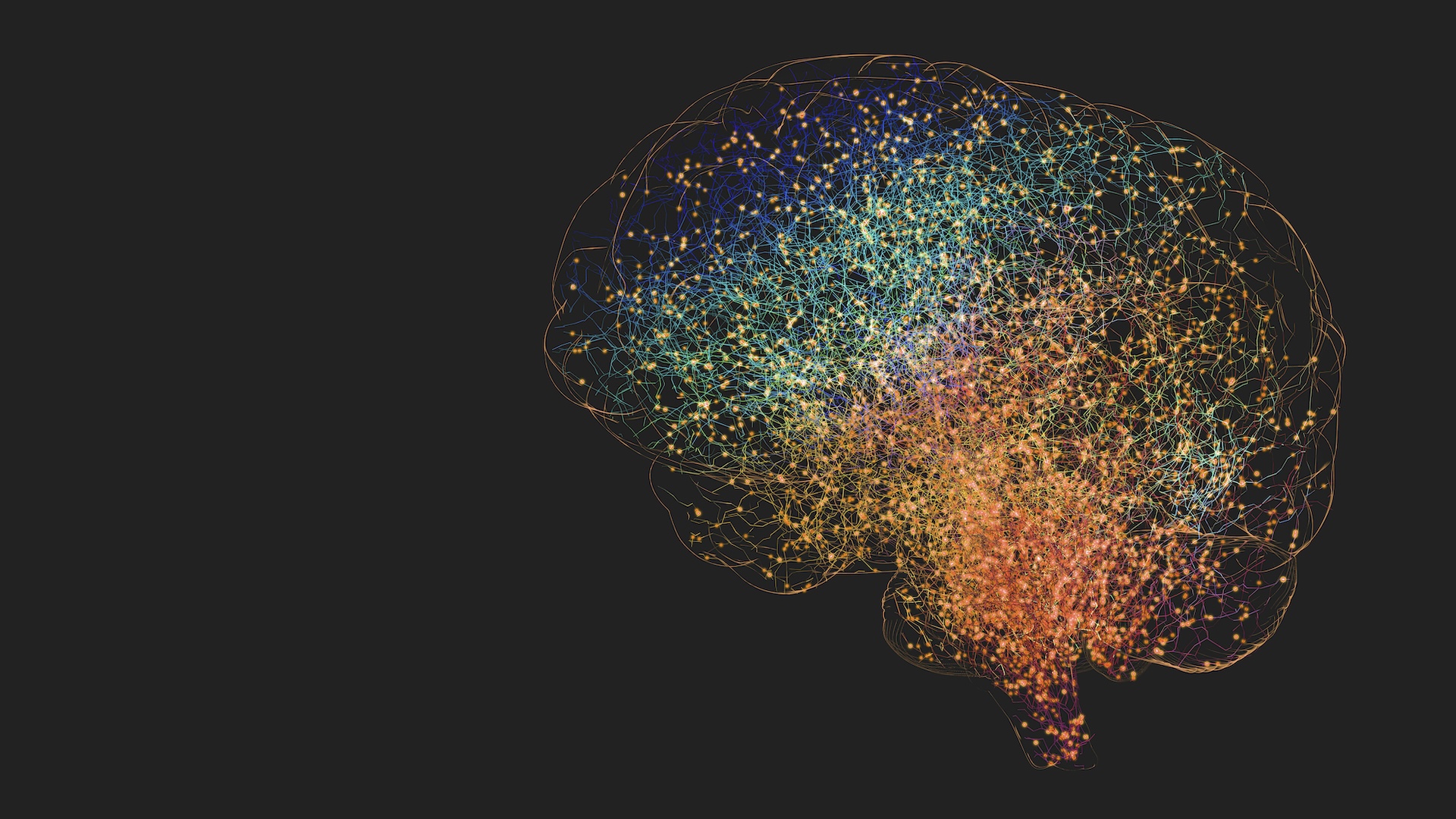A mysterious second flavor of hydrogen atoms — one that doesn’t interact with light — may exist, a new theoretical study proposes, and it could account for much of the universe’s missing matter while also explaining a long-standing mystery in particle physics.
The mystery, known as the neutron lifetime puzzle, revolves around two experimental methods whose results disagree on the average lifetime of free neutrons — those not bound within atomic nuclei — before they decay to produce three other particles: protons, electrons and neutrinos.
“There were two kinds of experiments for measuring the neutron lifetime,” Eugene Oks, a physicist at Auburn University and sole author of the new study published in the journal Nuclear Physics B, told Live Science in an email.
The two methods are called beam and bottle. In beam experiments, scientists count protons left behind immediately after neutrons decay. Using the other approach, in bottle experiments, ultra-cold neutrons are trapped and left to decay, and the remaining neutrons are counted after the experimental run is over — typically lasting between 100 and 1000 seconds, with many such runs performed under varying conditions like trap material, storage time, and temperature to improve accuracy and control for systematic errors.
These two methods yield results that differ by about 10 seconds: beam experiments measure a neutron lifetime of 888 seconds, whereas bottle experiments report 878 seconds — a discrepancy well beyond experimental uncertainty. “This was the puzzle,” said Oks.
Solving the puzzle… with invisible atoms
In his study, Oks proposes that the discrepancy in lifetimes arises because a neutron sometimes decays not into three particles, but just two: a hydrogen atom and a neutrino. Since the hydrogen atom is electrically neutral, it can pass through detectors unnoticed, giving the false impression that fewer decays have occurred than expected.
Although this two-body decay mode had been proposed theoretically in the past, it was believed to be extremely rare — occurring in only about 4 out of every million decays. Oks argues that this estimate is dramatically off because previous calculations didn’t consider a more exotic possibility: that most of these two-body decays produce a second, unrecognized flavor of hydrogen atom. And unlike ordinary hydrogen, these atoms don’t interact with light.
“They do not emit or absorb electromagnetic radiation, they remain dark,” Oks explained. That would make them undetectable using traditional instruments, which rely on light to find and study atoms.
Related: How many atoms are in the observable universe?
What distinguishes this second flavor? Most importantly, the electron in this type of hydrogen would be far more likely to be found close to the central proton than in ordinary atoms, and would be completely immune to the electromagnetic forces that make regular atoms visible.
The invisible hydrogen would be hard to detect. “The probability of finding the atomic electron in the close proximity to the proton is several orders of magnitude greater than for ordinary hydrogen atoms,” Oks added.
This strange atomic behavior comes from a peculiar solution to the Dirac equation — the core equation in quantum physics that describes how electrons behave. Normally, these solutions are considered unphysical, but Oks argues that once the fact that protons have a finite size is taken into account, these unusual solutions start to make sense and describe well-defined particles.
By considering a second flavor of hydrogen, Oks calculates that the rate of two-body decays could be enhanced by a factor of about 3,000. This would raise their frequency to around 1% of all neutron decays — enough to explain the gap between beam and bottle experiments. “The enhancement of the two-body decay by a factor of about 3000 provided the complete quantitative resolution of the neutron lifetime puzzle,” he said.
That’s not all. Invisible hydrogen atoms might also solve another cosmic mystery: the identity of dark matter, the unseen material that’s thought to make up most of the matter in the universe today.
In a 2020 study, Oks showed that if these invisible atoms were abundant in the early universe, they could explain an unexpected dip in ancient hydrogen radio signals observed by astronomers. Since then, he has argued that these atoms may be the dominant form of baryonic dark matter — matter made from known particles like protons and neutrons, but in a form that’s hard to detect.
“The status of the second flavor of hydrogen atoms as baryonic dark matter is favored by the Occam’s razor principle,” said Oks, referring to the idea that the simplest explanation is often best. “The second flavor of hydrogen atoms, being based on the standard quantum mechanics, does not go beyond the Standard Model of particle physics.”
In other words, no exotic new particles or material are needed to explain dark matter — just a new interpretation of atoms that we already thought we understood.
Testing the new theory
Oks is now collaborating with experimentalists to test his theory. At the Los Alamos National Laboratory in New Mexico, a team is preparing an experiment based on two key ideas. First, both flavors of hydrogen can be excited using an electron beam. Second, once excited, ordinary hydrogen atoms can be stripped away using a laser or electric field — leaving behind only the invisible ones. A similar experiment is also being prepared in Germany at the Forschungszentrum Jülich, a national research institute near Garching.
The stakes for these tests are high. “If successful, the experiment could yield results this year,” said Oks. “The success would be a very significant breakthrough both in particle physics and in dark matter research.”
In the future, Oks plans to explore whether other atomic systems might also have two flavors, potentially opening the door to even more surprising discoveries. And if confirmed, such findings could also reshape our understanding of cosmic history.
“The precise value of the neutron lifetime is pivotal for calculating the amount of hydrogen, helium and other light elements that were formed in the first few minutes of the universe’s life,” Oks said. So his proposal doesn’t just solve a long-standing puzzle — it could rewrite the earliest chapters of cosmic evolution.














